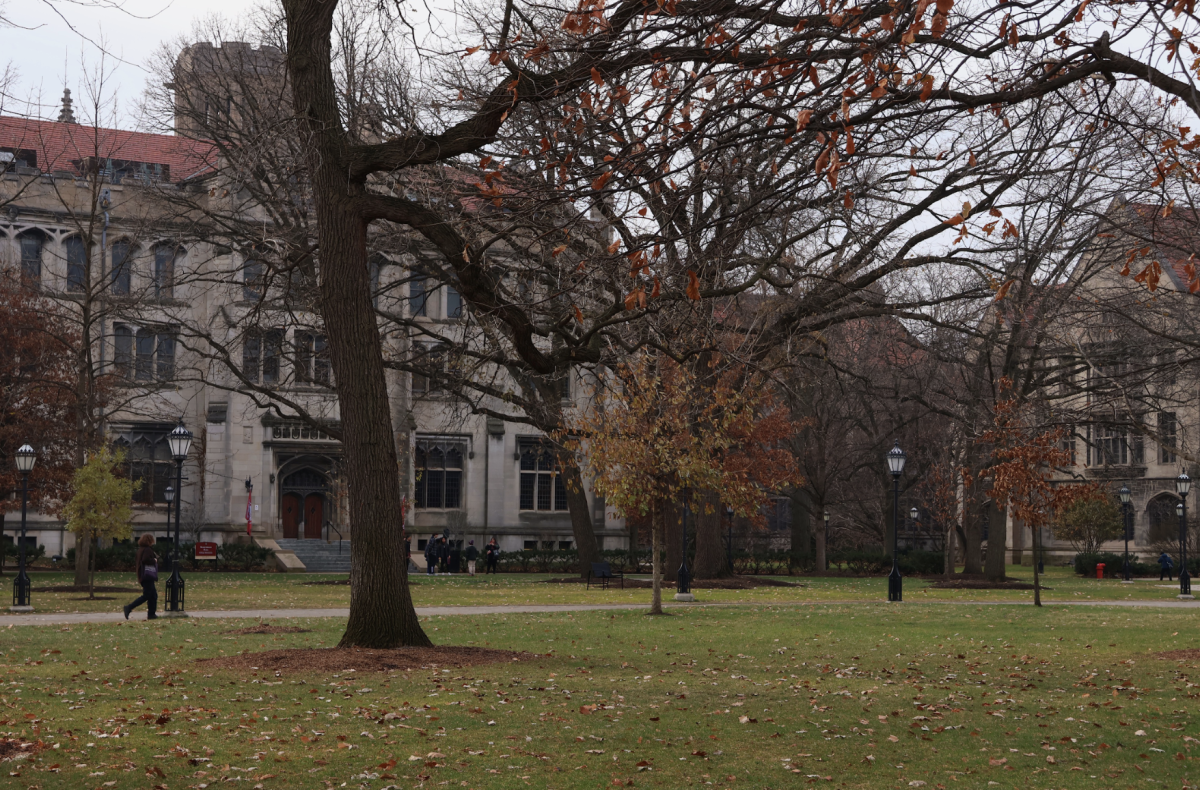The acronyms used over at the Career Advancement office seem to change extraordinarily often. One of the more recent changes is from UCIST (UChicago Careers in Science and Technology) to UCISTEM (UChicago Careers in Science, Technology, Engineering, and Mathematics), which makes sense, given the widespread use of the STEM acronym in any discussion of the sciences and related disciplines.
More often, though, I think that the STEM acronym can lead to a lack of nuance in these discussions.
There are a few prevailing narratives about STEM—degrees are prestigious and difficult to obtain, women and non-Asian minorities are underrepresented in the U.S., and STEM jobs are plentiful and remunerative because there is a shortage of qualified Americans. However, the extent to which these statements are true varies depending on the field one is examining. For example, undergraduate women are well-represented among math, chemistry, and biology majors, but not so much in computer science or physics. Programmers are highly sought after and paid well by thriving Silicon Valley companies, but the Bureau of Labor Statistics’ Occupational Outlook Handbook reported that the job outlook for microbiologists for 2012 was “slower than average.”
Organizations such as the American Association for the Advancement of Science (publisher of the journal Science), the National Science Foundation, and the American Association of University Women publish extensive reports on STEM education and careers, containing detailed breakdowns for individual fields, but so many day-to-day discussions seem to boil down to STEM majors making glib statements about how everyone else is going to be serving them coffee one day. Given the Obama administration’s emphasis on K–12 STEM education, it would be useful to give younger students more personalized advice than “Go into STEM, make $$$.”
It would be helpful to highlight some of the distinctions between the interests and concerns of different disciplines—some major policy debates that can affect people in STEM professions include the supply of H1B visas, patent reform, and funding for fellowships, but not all professions are impacted equally. Last year, Representative Darrell Issa (R-CA) introduced the SKILLS (Supplying Knowledge-based Immigrants and Lifting Levels of STEM) Visa Act to provide more visas for STEM workers, but his actual focus has largely been placed on the technology sector. A few weeks ago, Issa mocked NASA on his Twitter for producing YouTube videos on global warming. While it’s not logically inconsistent both to want to make it easier for tech firms to hire employees and to dismiss climate change, it seems silly for a person to trumpet the value of STEM training as a whole when it’s clear that his priority is only on a particular application of skills associated with the STEM fields. Surely more precise language would be a better way of communicating goals.
Some people who take issue with the STEM acronym have suggested that it be expanded—for instance, the Rhode Island School of Design has been advocating that we change it to STEAM, with the A standing for Art. Their argument is that art should be emphasized in schools and is essential to innovation. While I agree that art is important, I’m not sure that it makes sense to speak of it in the same breath as STEM. One of the issues I take with the STEM acronym is that instead of simply being used as a descriptive and practical word to group together fields with a significant degree of curriculum overlap, it is loaded with value judgments—there’s a temptation to start tacking on letters for other areas that we also believe should be prioritized. But if we go down that path, the STEM acronym is going to turn into an awful mess—take, for example, STEMWAMHCTPDPLR (Science, technology, engineering, mathematics, writing, art, music, history, critical thinking, participation in the democratic process, and Labrador retrievers).
I don’t propose eliminating the use of the STEM acronym—people would get bored very quickly if we always had to reel off the names for dozens of fields before we got to the point. However, I do think we ought to be more judicious in our use of it. Though STEM fields certainly do have much in common with one another, they are not interchangeable. More emphasis needs to be put on the distinct challenges and benefits associated with individual fields. Though it may seem counterintuitive, the best way to encourage STEM’s impact on society is to participate less in all this STEM talk.
Jane Huang is a fourth-year in the College majoring in chemistry.








